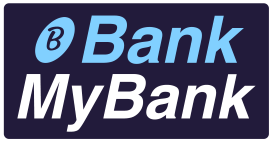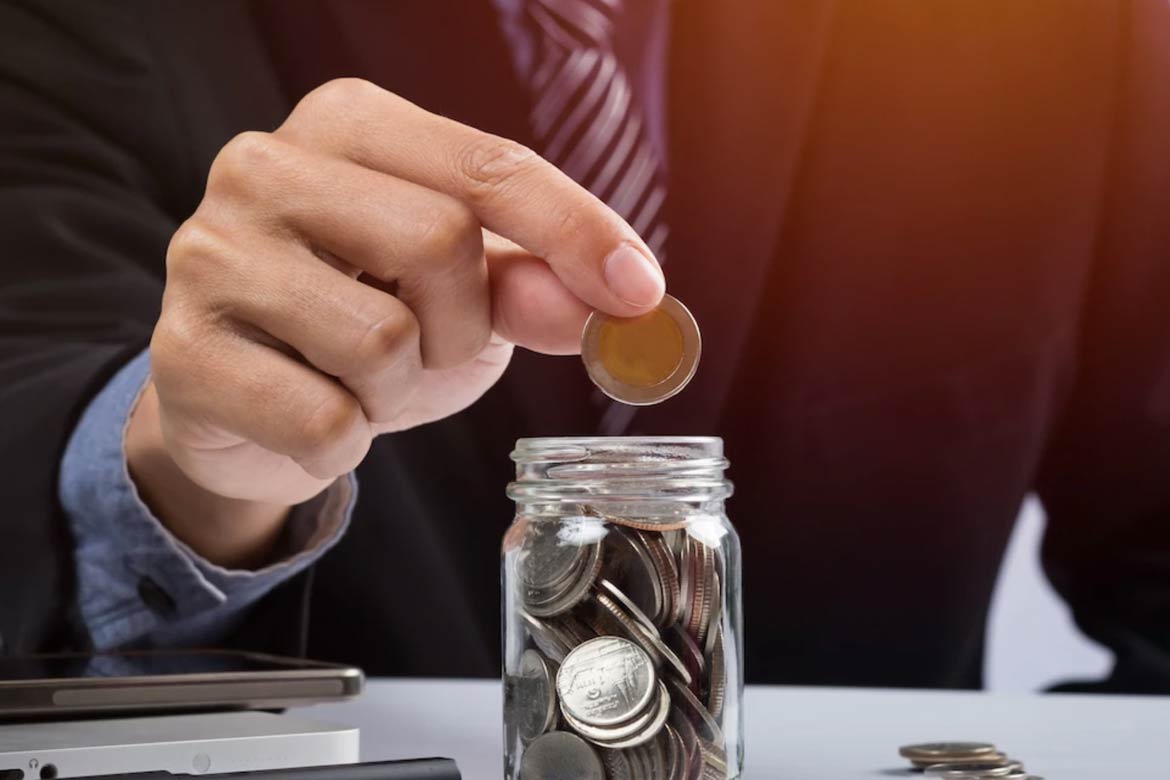While ATMs make it simple and quick to withdraw money, check balances, and complete other operations, they are also a potential target for crime. National statistics on crime involving ATMs are not frequently gathered in the United States.
On the other hand, according to Claims Journal, Travelers Insurance recorded a 220% rise in “smash and grab” ATM thefts from 2019 to 2020.
Security is more crucial than ever as the COVID-19 pandemic changes the banking landscape to promote using ATMs more frequently rather than going to the teller window.
KEY LESSONS
Although they provide a convenient means to access your money, ATMs can also become a target for thieves.
By familiarising yourself with some fundamental safety and security procedures, you can protect yourself when using an ATM from your bank or another supplier.
ATMs can also be used to defraud bank customers out of their money or personal information, in addition to becoming the target of direct criminal attacks.
To prevent losses from unauthorized charges, it’s critical to notify your bank immediately if you suspect ATM fraud.
Guidelines for Safe ATM Use
Using common sense is the first step in staying safe at the ATM. In light of this, the following are some of the most crucial safety advice for using ATMs.
Remember where you are. Location awareness is the first step in visiting an ATM safely. For instance, using an ATM that’s in a busy, well-lit area might be more secure than using one that’s hidden away in a dimly lit area. Be mindful of potential blind spots, such as corners or alcoves, which may obscure a criminal from view.
If at all feasible, use the ATM at your bank. Free-standing ATMs, like those you might find in supermarkets or shopping centers, may be simpler for criminals to tamper with than ATMs that are located at your bank. In order to steal your personal identification number (PIN) or account number, for instance, thieves may be able to attach gadgets. If the ATM is difficult to use for individuals who aren’t clients or is being watched by bank security cameras, using it in person could reduce some of the hazards.
Look it over carefully. Give the ATM you’re using a quick once-over to check for anything that doesn’t seem right if it doesn’t belong to your bank. If the keypad seems loose or unsteady, a key sticks or the on-screen instructions differ from what you’re used to seeing at an ATM, it may have been tampered with by a con artist.
Whenever possible, make use of built-in security features. Choose the ATM at your bank over one that anybody can drive up to or walk up to if it is inside an enclosed vestibule and requires your card to enter. Don’t open the door for anyone who asks you to let them in without a card, and make sure the door shuts behind you.
Maintain your distance. Keep some distance from other people when using the ATM in a public area. Don’t let someone stand right behind you so they can see your PIN as you type it in. Additionally, refrain from writing your PIN on the back of your card as doing so could make you a target for theft if you misplace it.
Observe your surroundings. Keep an eye out for onlookers when using an ATM. Consider those who appear to be hanging out around the machine or who pass it frequently. Keep an eye out for anyone sitting in a parked car and any vehicles that seem to be following you when you exit the ATM.
Stay safe while using the drive-through. When approaching a drive-through ATM, keep your doors closed and the engine running. Other than the window you are using to access the computer, keep all other windows open.
No matter what, don’t get out of the car, even if the ATM steals your card and won’t give it back.
Stop lingering. If you want to use the ATM as soon as possible, plan out what you need to do before you go. In order to avoid waiting in line at the ATM if you need to make a deposit, prepare your deposit envelope at home. Wait until you can get to a secure area before counting money while you are standing close to the machine. As an illustration, wait until you’ve closed the doors of your car after driving to the ATM. If you have to wait till you get home, don’t worry. The bank ought to be aware of the security dangers associated with ATMs and comprehend why a mistake can take some time to be reported.
Save receipts for reference. You compare your receipts with your bank statements later, make sure to collect a receipt for every ATM transaction you make. If you used your debit or ATM card at a machine you didn’t typically use, this can assist you to identify errors or probable fraud. (It may also enable you to recover ATM usage fees incurred from sources other than your bank.) Leave no receipt unattended. The option to have your receipt sent by email is frequently available.
Believe trust your gut. Trust your intuition if something appears strange about an ATM, a transaction, or a close person. Terminate the transaction and leave right away. If you believe you are being followed, find a safe public area right away, like a crowded store or hotel lobby, and then phone 911 if the individual is still there. If you’re driving, go to the closest police station.
What to Do If Your Debit or ATM Card Is Stolen
If the thief can access your accounts using a stolen ATM or debit card, you could face financial consequences. It’s crucial to notify the bank as quickly as possible if your credit or debit card is lost or stolen. Your liability for losses may be reduced as a result. The Federal Trade Commission (FTC) of the United States specifies the rules for losses as follows:
You can see that the longer you delay reporting a lost or stolen ATM or debit card, the more liability you may wind up having for any unauthorized withdrawals or transactions. You can think about using a credit card rather than a debit card when making transactions because credit cards can provide more liability protection.
If an ATM robbery led to the theft of an ATM card or a debit card, you must also report the theft to the police. Giving law officials as much information as you can about the person who swiped your card is crucial to identifying the culprit.
Final Advice
Finding alternative methods to handle banking transactions is the last piece of advice for remaining safe at the ATM. To deposit a check, for instance, you could use a drive-up teller window or, if your bank offers it, a mobile check deposit option. You could use the person-to-person payment option offered by your bank to send money to a buddy if you need to repay them. Thinking along these lines will assist you in reducing your danger of being targeted at an ATM because you won’t need to use them as regularly. Such qualities should be considered when looking for the best checking accounts.





